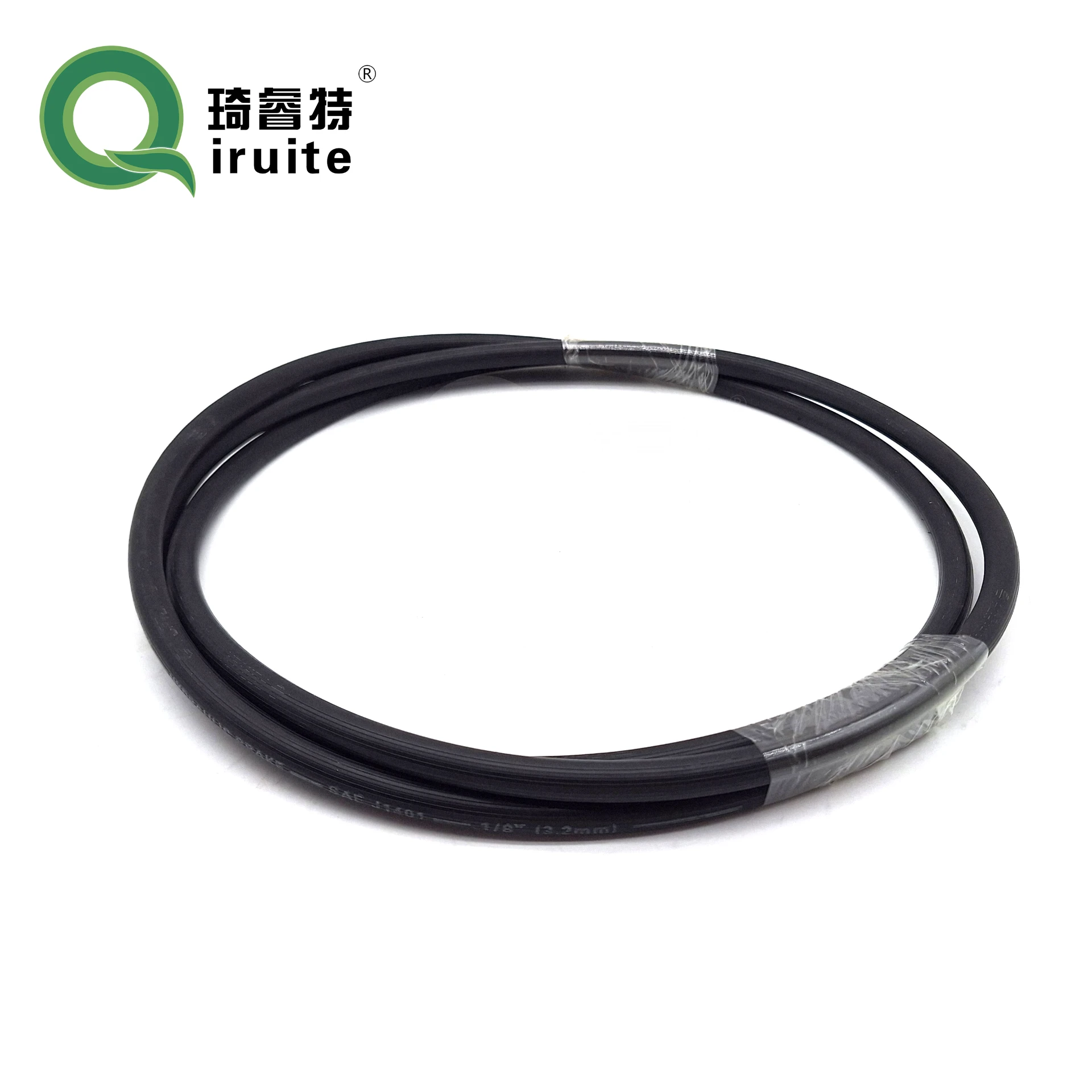R134a Refrigerant Recharge Hose for Efficient HVAC System Maintenance and Repair Solutions
Understanding R134a Recharge Hose Essential Guide for Refrigerant Maintenance
Refrigerants play a crucial role in modern refrigeration and air conditioning systems, with R134a being one of the most widely used. As a hydrofluorocarbon (HFC) refrigerant, R134a is known for its effective cooling properties and lower ozone depletion potential compared to older refrigerants like R12. However, to ensure the optimal performance of systems utilizing R134a, regular maintenance including accurate refrigerant charging is essential. This is where R134a recharge hoses come into play.
What is an R134a Recharge Hose?
An R134a recharge hose is a specialized tool designed for adding refrigerant to HVAC systems and automobile air conditioning units. These hoses are equipped with specific fittings and gauges to safely connect to R134a service ports. Generally, they come in two varieties low-pressure hoses and high-pressure hoses. The low-pressure hose is typically blue, used for connecting to the suction side of the system, while the high-pressure hose is red and connects to the discharge side.
Importance of Using the Correct Recharge Hose
Using the proper recharge hose is essential to avoid damaging both the hose and the refrigerant system. The fittings of R134a hoses are designed specifically to prevent cross-contamination with other types of refrigerants. For instance, a hose designed for R12 refrigerant will not fit an R134a system, significantly reducing the risk of accidental mixing that can lead to equipment failure or environmental harm.
Furthermore, an R134a recharge hose typically includes a built-in gauge. This gauge allows technicians to monitor the pressure within the system while charging, ensuring that it operates within the recommended levels. It’s crucial to maintain the correct pressure during charging because overcharging or undercharging can lead to inefficient cooling and increased wear on the system.
Procedure for Charging R134a Systems
Charging an R134a system involves several steps that should be followed meticulously to guarantee safety and system efficiency.
1. Preparation Before starting, ensure the vehicle or system is off. Gather the necessary tools, including the R134a recharge hose, a can of R134a refrigerant, safety goggles, and gloves.
r134a recharge hose

2. Connecting the Hose Attach the low-pressure hose to the low-pressure service port, often located on the larger diameter tubing connected to the evaporator. It’s critical to ensure a secure connection to prevent leaks.
3. Checking System Pressure With the hose connected, check the initial pressure reading on the gauge. This will give you an idea of whether the system is undercharged or requires additional refrigerant.
4. Charging the System If charging is necessary, start the engine and turn the air conditioning system to the maximum setting. Begin to open the refrigerant canister valve slowly while monitoring the gauge. The pressure should rise as the refrigerant enters the system.
5. Observe the Gauge Continuously monitor the gauge during the charging process. The gauge will indicate when the system has reached the optimal pressure. Avoid overcharging, as this can cause damage to the compressor and other components.
6. Disconnecting the Hose Once the system is charged adequately, close the valve on the refrigerant can and disconnect the recharge hose carefully. Ensure that no refrigerant escapes during this process.
7. Final Checks After charging, run the system and observe its performance. The air conditioning should cool effectively, and the pressures should stabilize at recommended levels.
Maintenance and Safety Tips
Regularly inspect your R134a recharge hose for wear and leaks. Any signs of damage should prompt immediate replacement to avoid refrigerant loss and potential environmental harm. Additionally, always handle refrigerants in well-ventilated areas and follow regulations regarding refrigerant disposal.
Conclusion
In conclusion, the R134a recharge hose is an indispensable tool for maintaining air conditioning and refrigeration systems. Understanding how to use it properly ensures that these systems operate efficiently and sustainably. Given the environmental regulations surrounding refrigerants, responsible usage and maintenance of recharge hoses are crucial for both performance and regulatory compliance. By following best practices and adhering to safety guidelines, technicians and DIY enthusiasts can extend the life of their HVAC systems while also protecting the environment.
-
Ultimate Spiral Protection for Hoses & CablesNewsJun.26,2025
-
The Ultimate Quick-Connect Solutions for Every NeedNewsJun.26,2025
-
SAE J1401 Brake Hose: Reliable Choice for Safe BrakingNewsJun.26,2025
-
Reliable J2064 A/C Hoses for Real-World Cooling NeedsNewsJun.26,2025
-
Heavy-Duty Sewer Jetting Hoses Built to LastNewsJun.26,2025
-
Fix Power Steering Tube Leaks Fast – Durable & Affordable SolutionNewsJun.26,2025

